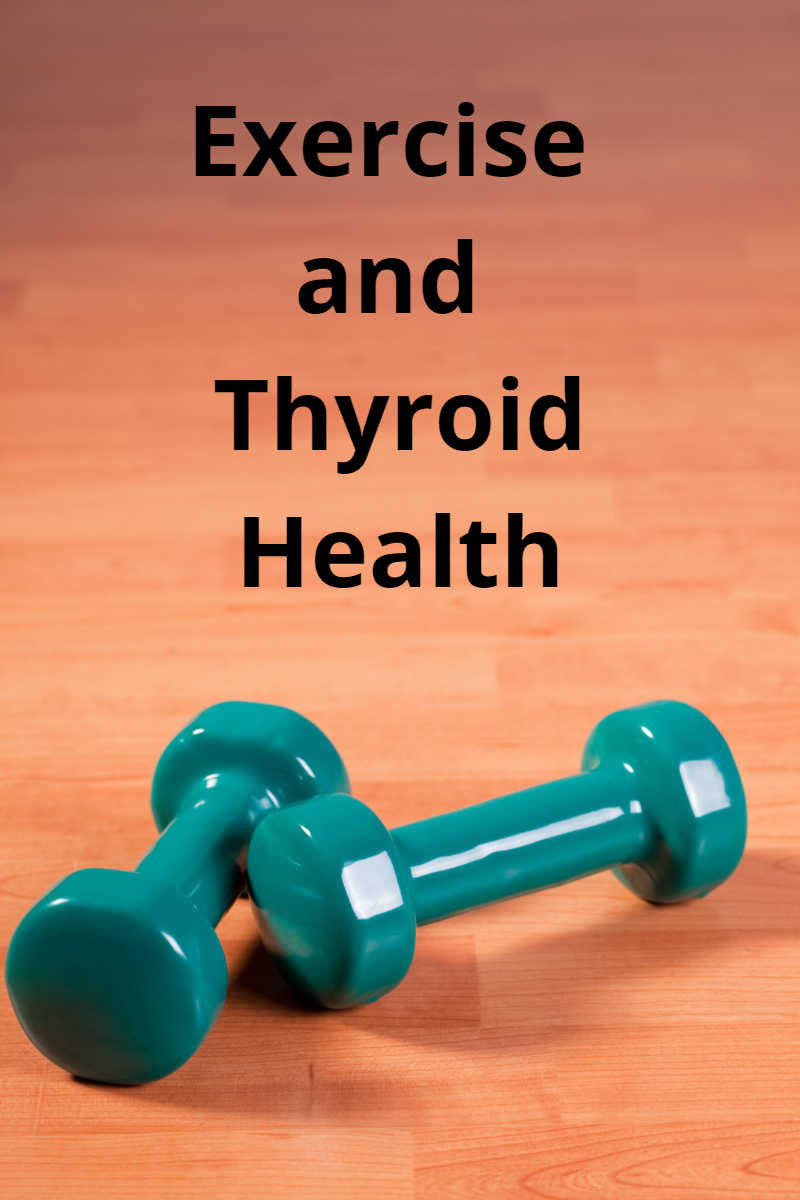
The thyroid is responsible for producing hormones that help our bodies regulate things like body temperature, weight, energy levels, and more. If the hormone production gets out of balance, it can affect all these areas. Hypothyroidism occurs when not enough thyroid hormone is produced. Hyperthyroidism refers to when there is too much. Exercise can help manage symptoms that come with an over or under-active thyroid. However, it is important to engage in the proper frequency, intensity, time, and type (FITT Principle) of exercise as recommended by your doctor.
Benefits
Exercise has a long list of health benefits, including lowering the risk of heart disease, which thyroid conditions typically increase. The right exercise routine can also help relieve various symptoms of thyroid disease. Exercise can improve mood, metabolism, and energy for those managing hypothyroidism. Regular activity can help those battling hyperthyroidism by promoting better sleep and increased bone density. Medications are often necessary to control thyroid hormone levels, but adding exercise can help you reach your overall physical and mental health goals.
Cautions
Before starting an exercise routine, you should work with your doctor to ensure your thyroid condition is well controlled. If thyroid conditions are not controlled, exercise could hinder progress or cause dangerous side effects. Hyperthyroidism causes metabolism and heart rate to increase. If overactive thyroid hormones are uncontrolled, then too much exercise could cause overheating or heart failure. Hypothyroidism tends to cause a slower metabolism and heart rate. A quick return to exercise can cause an unwanted spike in heart rate when thyroid levels aren’t properly controlled. Exercise can provide a world of benefits to those with thyroid conditions by managing the symptoms but be sure to work with your doctor to determine when return to exercise or beginning exercise is safe.
Getting Started
First, get the green light for exercise from your doctor. Then, customize your workout routine using the FITT principle. Start by choosing your frequency, or days per week, and remember to begin slow. If your exercise routine is new or if it’s been a while, you might consider starting with just one or two days per week and then adding more as your body and schedule adapt. Your intensity will be something you might need to gauge on a day-by-day basis. Listen to your body and start with lower intensity and lower impact exercises. These will help you keep a more consistent exercise routine without depleting your energy or overworking your joints. Next, choose the time, or how long, your exercise session will be. Again, consider starting with a shorter workout session, then increase your time gradually. Finally, think about the type of exercise you will perform. A well-rounded workout routine consists of both aerobic exercise and strength-building activities. You might begin with lower impact exercises like walking or riding a stationary bike for your aerobic exercise and using resistance bands or light weights as you start strength training. Variety is key when it comes to the type of exercise. More variety means a lower risk for overuse injuries. Apply these tips and find the appropriate routine to help manage your thyroid condition.
Always consult with your physician before starting a new exercise program.
Continue reading January 2022 Newsletter: Sleep and Thyroid Health
Written by BWS Lead Health Coach- Kelly Schlather, BS, ASCM – CEP
